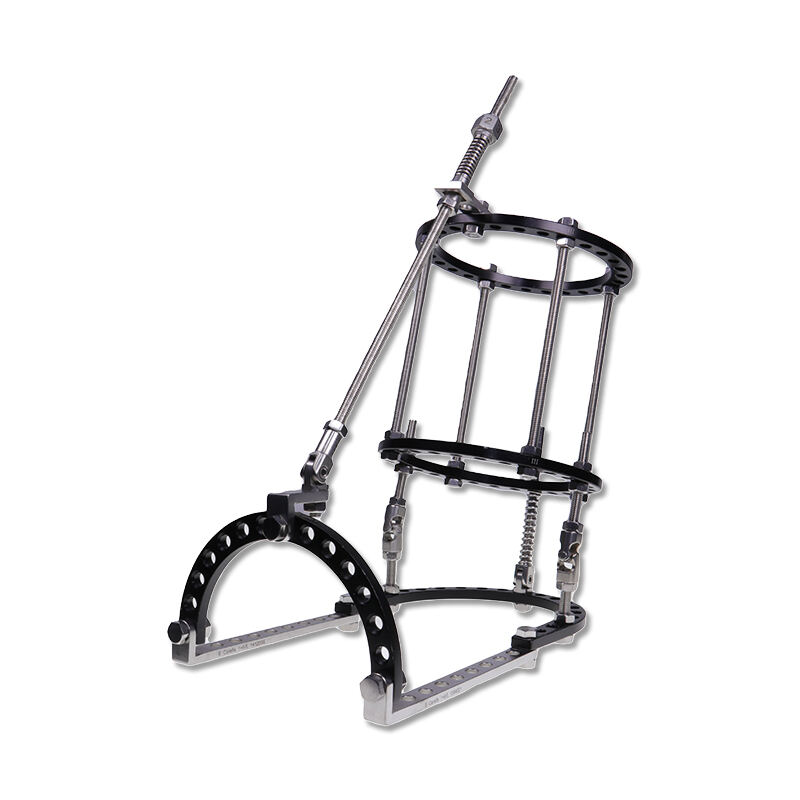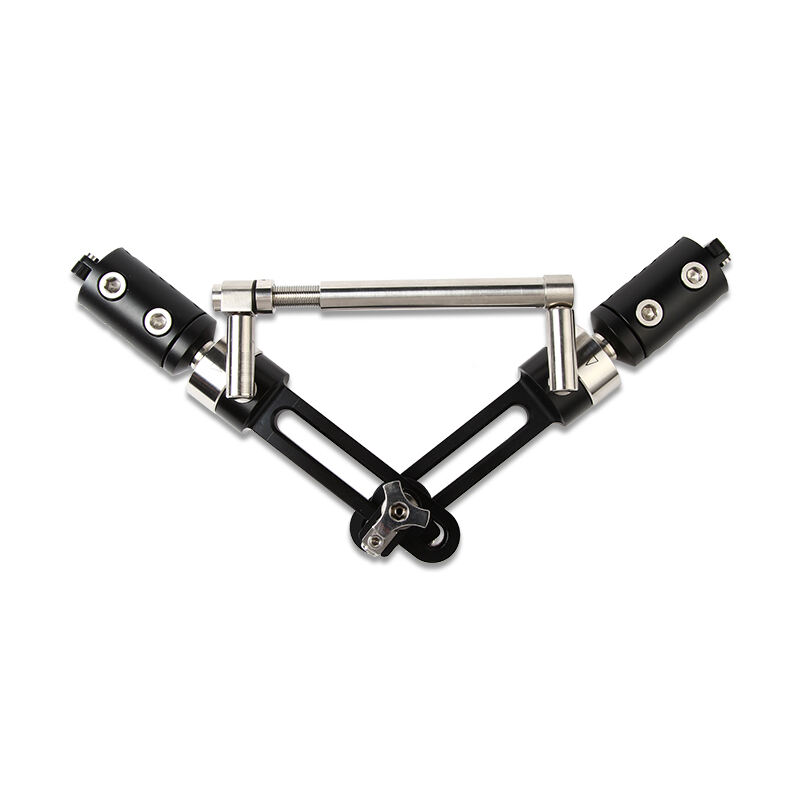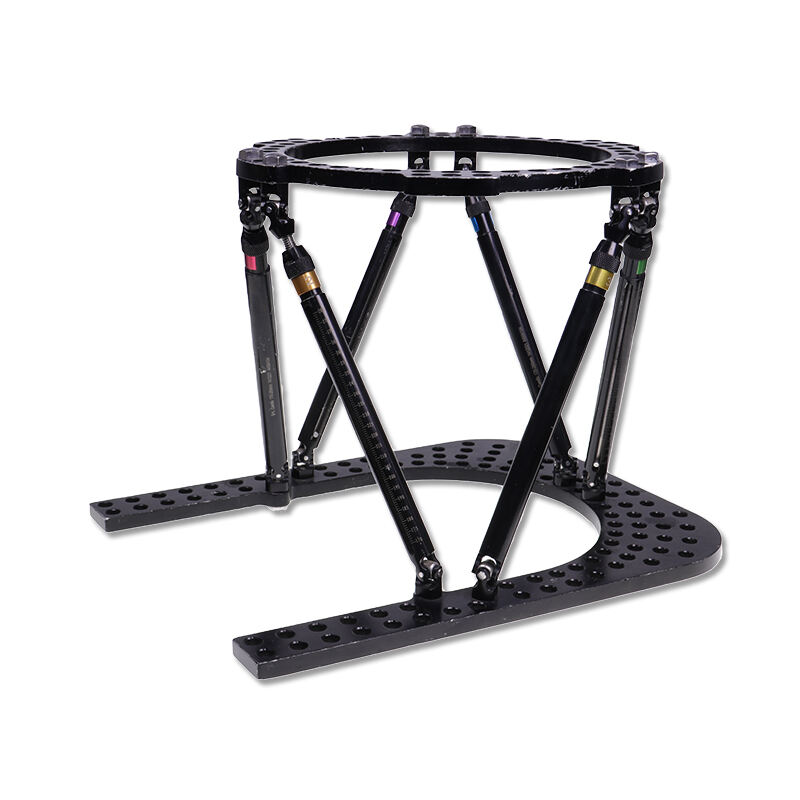external fixation
External fixation is a sophisticated orthopedic treatment method that involves the use of a rigid frame positioned outside the body to stabilize bone fragments and soft tissues. This innovative system consists of metal pins or wires inserted through the skin into the bone, connected to external rods and clamps that form a supportive framework. The primary function of external fixation is to maintain proper alignment and stability during the healing process of complex fractures, particularly in cases involving severe trauma, infections, or limb-lengthening procedures. The technology incorporates adjustable components that allow surgeons to fine-tune the position of bone fragments post-operatively, ensuring optimal healing conditions. External fixators are particularly valuable in treating open fractures, joint injuries, and cases requiring gradual correction of deformities. The system's versatility enables its application in both temporary and definitive treatment scenarios, making it an essential tool in modern orthopedic surgery. Advanced materials and design innovations have resulted in lighter, more patient-friendly configurations that enhance comfort while maintaining structural integrity.


